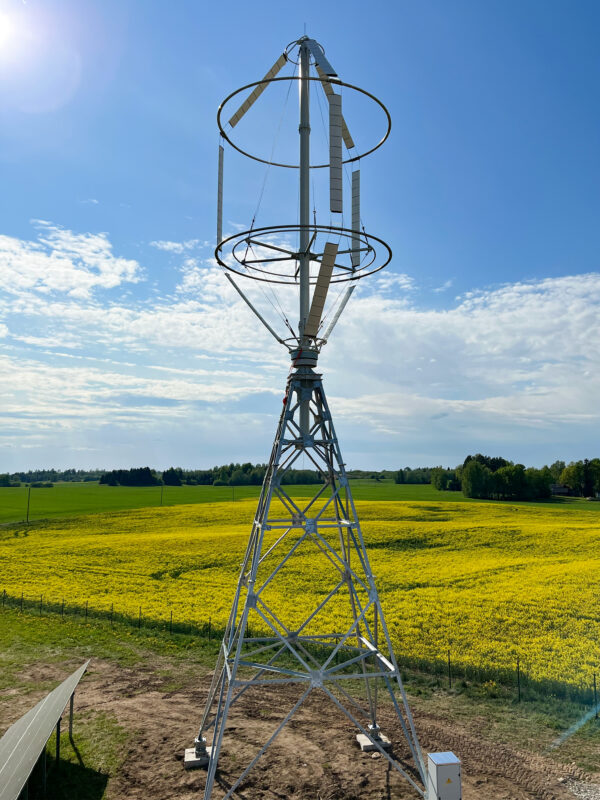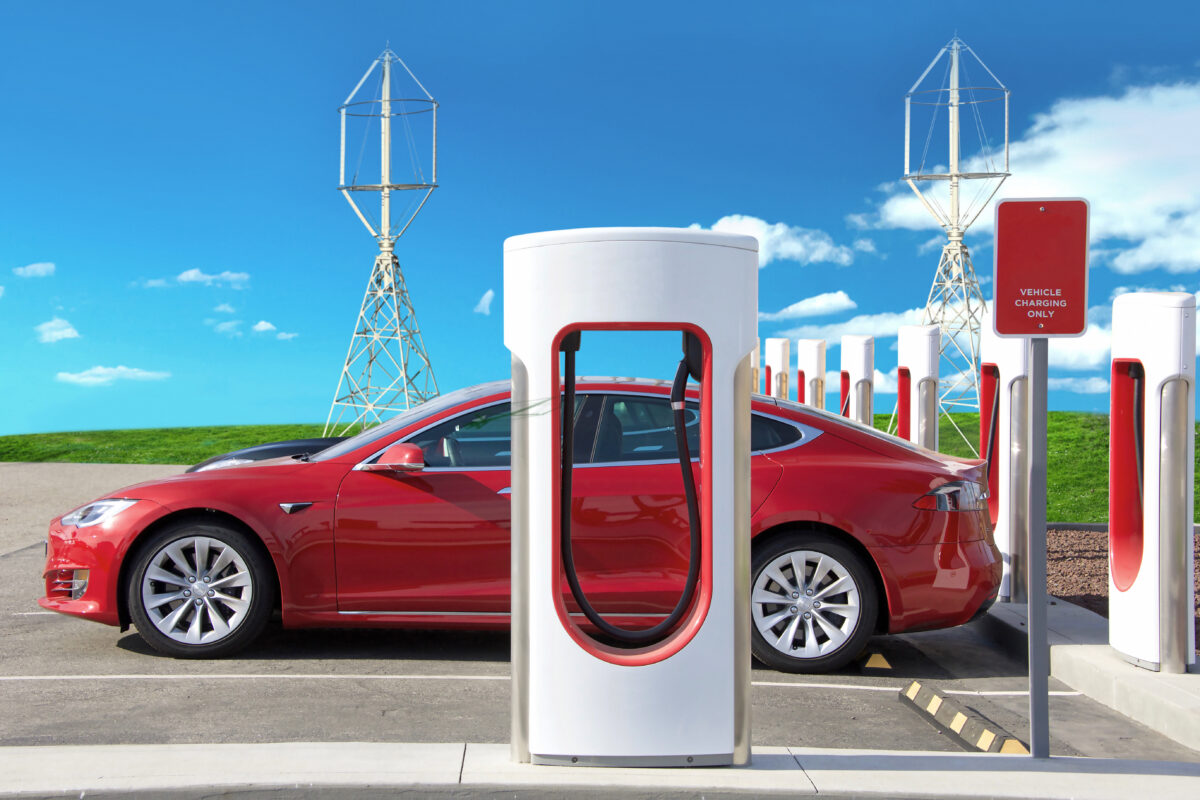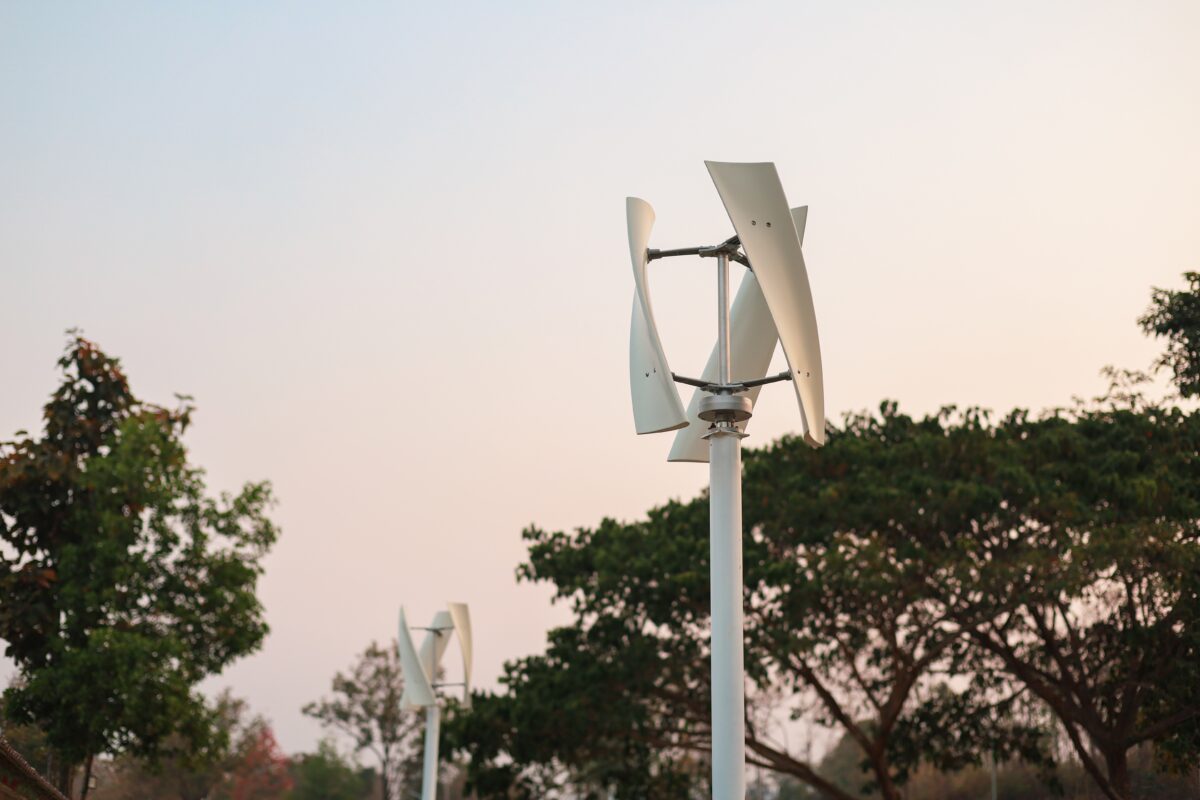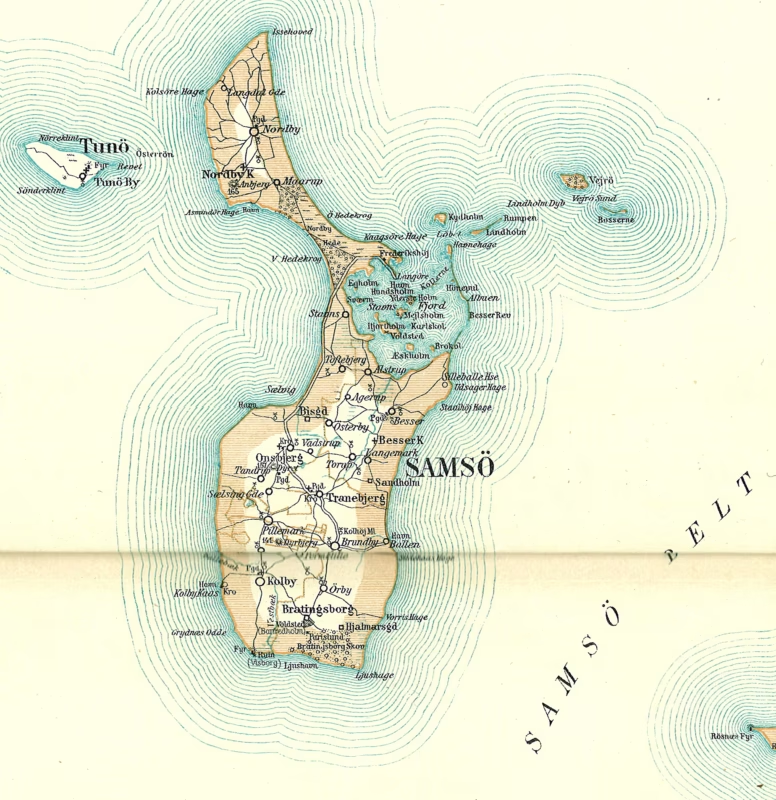Сommunity wind projects: Shared Benefits
As world leaders and governments seek new ways to implement clean energy, communities are stepping up. They play a vital role in this transformation through community-owned wind projects. Сommunity wind projects enable neighborhoods, smaller towns, and cities to unite. Together, they invest in renewable energy and share both financial and environmental rewards.
By owning a stake in wind energy generation, communities gain more than green power. They secure lower energy costs, create local jobs, reduce their carbon footprint, and move toward energy independence.
Unlike company-owned utility-scale projects, community-owned wind initiatives prioritize local interests. These projects give residents a voice in energy production and distribution. They also educate people about the benefits of community renewable energy. Cooperative models and local investments make community wind projects powerful tools for economic and environmental impact.
What Are Сommunity wind projects?
Сommunity wind projects put renewable energy directly into local hands. Unlike traditional projects owned by large corporations, these projects belong to the people they serve. A single wind turbine can power a school or hospital. A small wind farm may be shared by residents, farmers, businesses, or local utilities.
Shared Benefits of Cooperative Wind Energy Solutions
Lowering Energy Costs and Making Revenue
Cooperative renewable energy projects offer cost savings and revenue streams. With no fuel costs and low maintenance expenses, they ensure stable energy pricing. This helps communities manage costs even when traditional fuel prices fluctuate.
Environmental Impact: Promoting Sustainable Energy Locally
Community wind energy provides many environmental benefits. Unlike fossil fuels, wind power does not release harmful emissions or pollutants. This improves air quality and reduces health risks for local residents.

Energy Independence for Local Stakeholders
Community-owned wind energy promotes independence from traditional grids. This is especially valuable for rural areas, where power outages may occur.
With local ownership, residents influence placement and scale. They help align projects with community priorities. Members establish guidelines, ensuring future wind projects meet standards for distance, noise levels, and visual impact.
Discover the benefits of community wind projects—contact Freen to learn more about cooperative energy solutions.
Policy Support and Incentives for Community Wind Projects
Government policies and financial incentives are key to community project success. Many regions now offer tax credits, grants, and subsidies for small wind initiatives. These policies reduce upfront costs and encourage participation.

Case Studies: How Communities Across the World Benefit from Wind Projects
Ripple Energy, UK
Ripple Energy launched the UK’s first wind farm co-owned by consumers—Graig Fatha. This model connects individuals directly to the energy they use.
Energiequelle Bürgerwindpark, Germany
Feldheim, a small German village, developed one of Germany’s first community-owned wind parks. This project supports energy self-sufficiency, producing all local electricity and heating from renewable sources.
Small Wind Turbines for Communities
Small wind turbines may not match commercial wind farms in output. However, their affordability and flexibility make them valuable for community-scale renewable energy.
Empower your community with renewable energy—schedule a consultation with Freen’s team to explore wind energy options.
Future of Renewable Energy for Communities: Small Wind Turbines
Small wind turbines play a role in addressing climate change. Large-scale wind farms receive major investments, but local communities also seek clean energy solutions.
Small wind turbines provide an accessible, practical solution. Communities generate renewable energy where it is needed most. They reduce their carbon footprint and enjoy financial benefits. This localized approach strengthens community energy independence and contributes to global climate goals.






